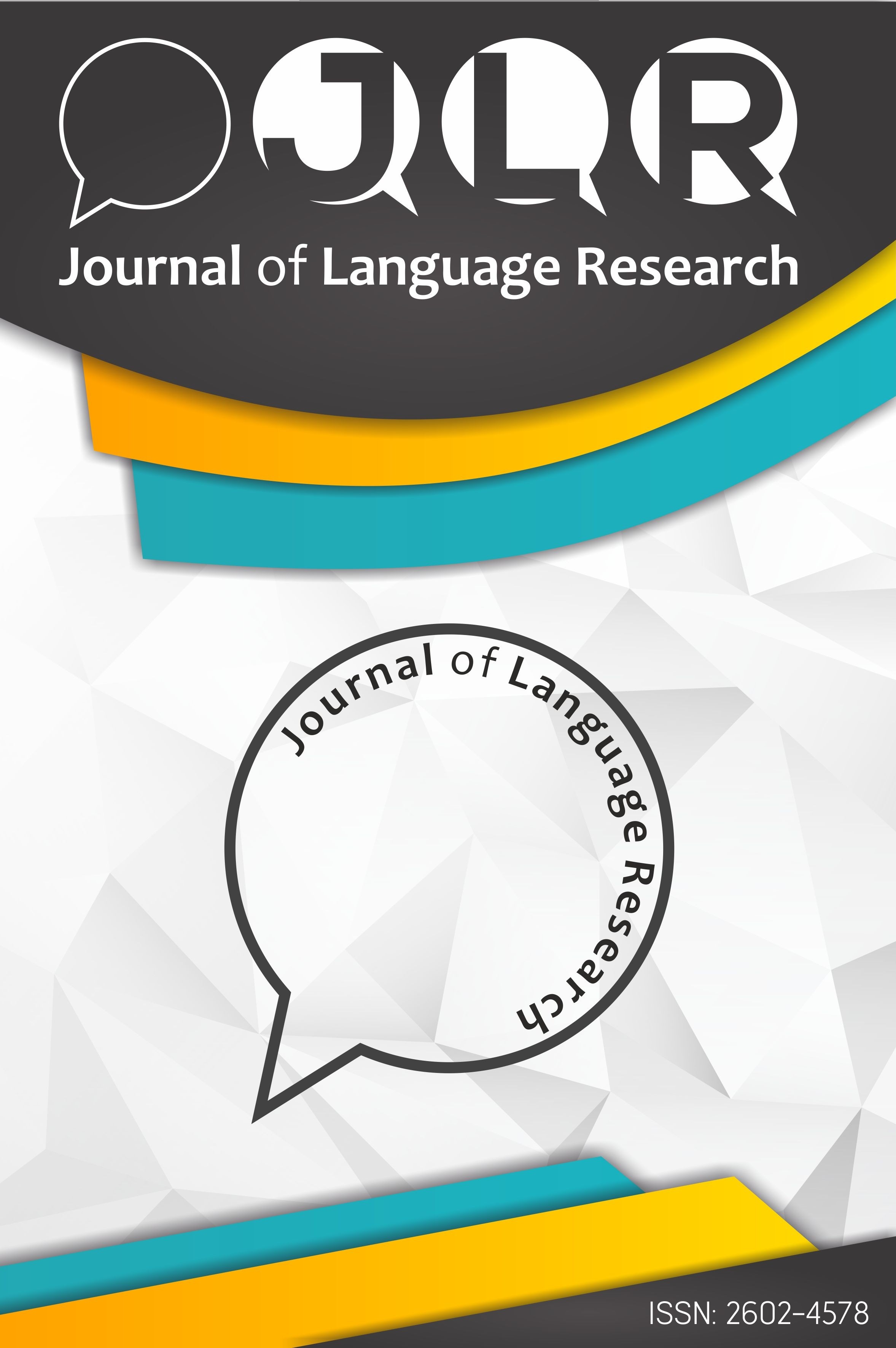
Journal of Language Research
Yazarlar: Ayşegül Amanda YEŞİLBURSA
Konular:Sosyal, Dil Bilim, Eğitim, Bilimsel Disiplinler
Anahtar Kelimeler:ELT,Classroom Interaction,EFL,Reflection
Özet: Classroom interaction includes the face-to-face interaction between the teacher and students that occurs to ensure that learning takes place and plays a crucial role in shaping the language learning process. However, many teachers of English as a foreign language are not aware of the effects of their classroom interaction patterns. Reflective teacher development is an approach to professional development based on the belief that experienced teachers can improve their understandings of their own teaching practices by engaging in conscious and systematic reflection on their classroom experiences, including their classroom interaction patterns. In this paper, I will briefly introduce the concept of classroom interaction the English as a foreign language classroom, classroom interactional competence, and how these classroom phenomena constitute an important focus for reflection. I will conclude by describing a postgraduate course designed to raise participants ’ awareness of their classroom interaction skills.